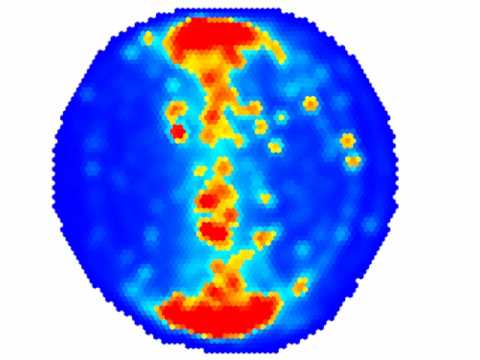This morning I was reminded of the age of some of the technology we’re using. Hyperlinks were developed at Stanford University and first demonstrated by their inventor Douglas Engelbart (using the first mouse) in 1968:
On Tuesday, Douglas Engelbart died, even before the scholarly literature was able to fully implement the technology he invented, 45 years and counting. You might wonder if I could provide you with evidence for the outrageous claim that such a standard technology that the internet (also invented by scientists) has been using for over 20 years cannot be used in the scholarly literature. Well, just go to any experimental paper and search for the methods section. Very often, you will find references there to previous work such as “experiments were performed as previously described (ref)”. If you read this in a PDF file, most likely all you will see then is a reference to the other paper. If you are lucky and read it in the HTML version online, you might get to see a link at the reference, sort of like this one (click for larger version):
If you’re even more lucky, that link takes you to a paper that you can read and search for the actual passage where they describe the method. If you’re less lucky, you hit a paywall. But even if you get to read the paper, there may be just a reference to yet another paper and so on. In short, chances are, that you will have to spend considerable amount of time and effort (and perhaps money) if you want to find out what the authors actually did.
Why can’t we just link to the passage in the paper where the procedure is actually explained and then, when anybody clicks on that link, the pertinent section of the reference pops up? After all, this is what everybody else but scientists have been doing for over twenty years. When will scientists catch up to the rest of the world?
















Comments are closed.